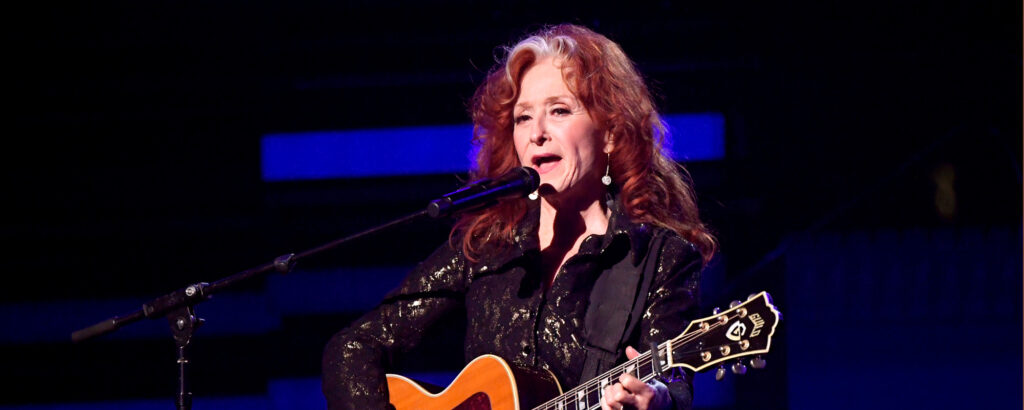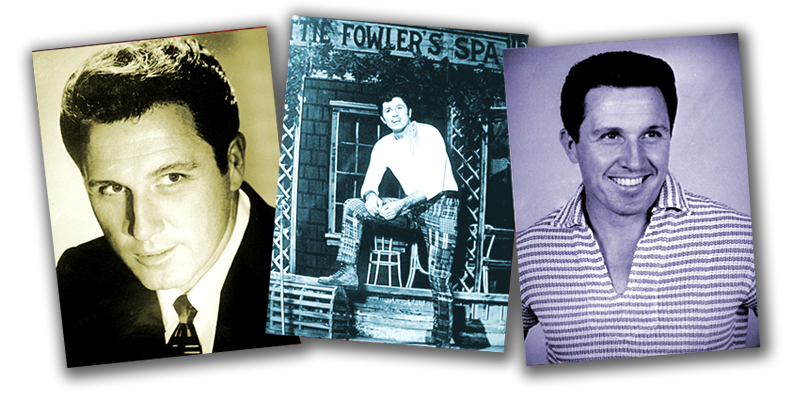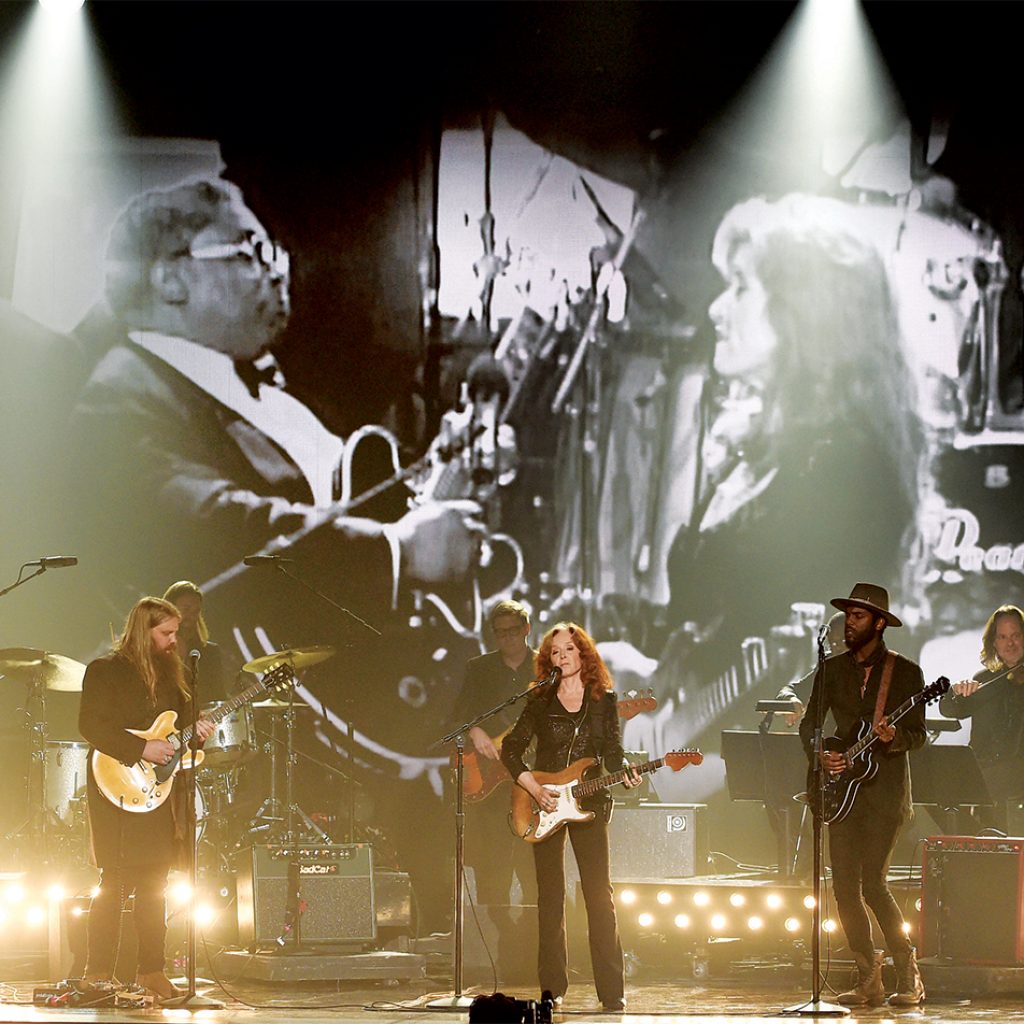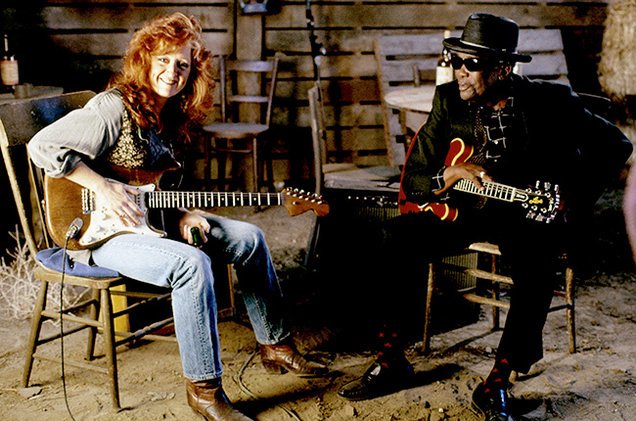
In this video and tab lesson, we unpack the acoustic fingerstyle approach of one of America’s great songwriters, and give you ideas for how to embellish chords and use inversions.
A legend in the worlds of roots, blues, folk and Americana, US artist Bonnie Raitt was rewarded for her songwriting with the 2023 Grammy for Best Song for her track Just Like That (beating Harry Styles, Adele and Beyoncé).
Certain factions of the British press subsequently embarrassed themselves by asking who this ‘unknown blues singer’ was – as it happens, Raitt has actually won 13 Grammys over her 50-year career. Commercial acclaim has not evaded her either, and she was already well known for her powerful reading of I Can’t Make You Love Me, Nick of Time and many more.
Raitt was born in Burbank, California in 1949 and grew up in a musical family. She took up guitar aged eight and taught herself to play the instrument, inspired by the Folk Revival artists of the late 1950s. After a few years studying at Harvard University, she moved to Philadelphia where she began to pursue music seriously.
It didn’t take long for Raitt’s considerable talents to be discovered, and by 1970 she was performing with blues legend Mississippi Fred McDowell. The following year she was signed by Warner Bros records who released her eponymous debut in 1971. While acclaim followed quickly, sales were harder to come by and for much of the 1970s commercial success eluded her.
However, when she met Lowell George in the late 1970s she quickly became influenced by the Little Feat legend’s slide playing and adopted the use of a guitar slide herself.
A heavier, R&B sound ensued and some commercial success finally arrived with the release of 1977’s Sweet Forgiveness. However, it wouldn’t be until her 10th album, 1989’s Nick Of Time that she saw real commercial success and a USA chart-topping album.
Raitt is most commonly associated with her stunning slide playing but she is really a multi-faceted guitarist with a mastery of rootsy, folksy fingerpicking. This month’s study takes a look at how she uses drop D tuning to create textural parts with alternate picking on the bassnotes and the type of rich open chords that are common to that other American legend, Bruce Springsteen.
When it comes to acoustic playing Raitt can go from aggressive, Skip James influenced blues to more gentle self-accompaniment, as is the case with our piece below.
As with many guitarists from the Folk Revival of the 1950s and 1960s she performs with the classic folk style – this means fingerpicks and a thumbpick, the thumb playing alternating basslines over sixth and fourth strings, and the first, second and third fingers taking care of third, second and first strings respectively.
The acoustic guitar is usually used as an accompaniment to her unmatched vocals so expect rolling, arpeggiated picking patterns along with those rich-sounding chord voicings mentioned earlier.
Get the tone
Amp settings: Gain 3, Bass 7, Middle 6, Treble 7, Reverb 2
Bonnie has been using a Guild F-50 jumbo since 1975, but as our picture shows she can stray to smaller-bodied instruments, too. Any acoustic will work well for this style, though a larger guitar will give more volume and projection. Finger and thumbpicks provide more attack but that’s a whole other discipline. I used an Alvarez Masterworks acoustic for the recording.
Playing notes
[Bars 1-16] Don’t forget to tune your sixth string down to D before starting. At the heart of this approach is the alternating bassline between the sixth and fourth strings, and if this is new try cycling bar 1 for a while so the thumb can get used to the pattern.
Then acquaint yourself with the chord shapes as most of the embellishments are built around these. Don’t rush though, as it will affect your tempo and make you power through the beat too quickly.
[Bars 17-32] Adding melodic ideas up on the first and second strings is a common technique in roots, Americana and folk playing. It works particularly well in drop D tuning, as you contrast the low-end weight of the alternating bassline with melodic ideas on the treble strings.
Also check out how artists like Raitt and Bruce Springsteen use inversions of simple open chord shapes to bring more movement and interest to a progression.














 Visitors Today : 117
Visitors Today : 117 Now Online : 0
Now Online : 0















































































































